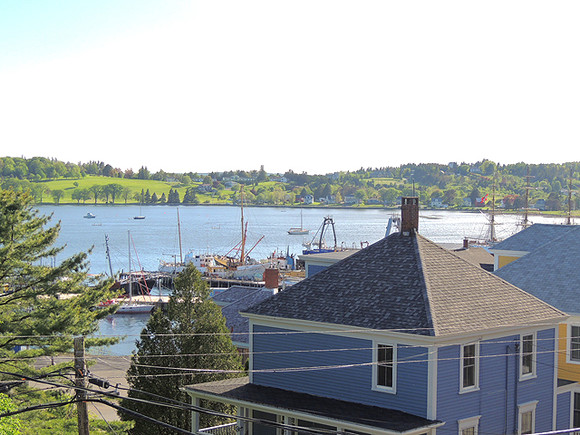
The latest report examined the demographic characteristics of investors to distinguish between different types of investors and help clarify their role in housing markets. StatsCan began to dig into the details of residential real estate investment in 2020 amid concerns that while this activity provided needed rental stock, it could also be playing a role in exacerbating house price volatility and limiting housing market access for first-time homebuyers. Perhaps unsurprisingly, residents 55 and older also represented a higher proportion of investors than their share of the provincial populations. Non-resident owners, multiple-property owners and people who own a property with multiple residential units who do not occupy that property are counted.Įstablished immigrants - considered those who landed before 2010 - made up a higher share of investors than their share of the population, StatsCan noted. The category includes business and government entities and people who live outside the province where they own property. These include Nova Scotia, New Brunswick, Ontario, Manitoba and British Columbia.Īn investor is defined as someone who owns at least one residential property that is not used as their primary place of residence, and excludes Canadian non-profit organizations. The percentage of in-province investors owning three or more properties, meanwhile, was highest in Ontario at 2.9 per cent and lowest in New Brunswick at 1.6 per cent.Įarlier reporting by Statistics Canada showed that at least 20 per cent of residential real estate was owned by investors at the beginning of 2020 in each of the five provinces tracked. The figures, part of StatsCan’s second report on residential real estate investment in Canada and based on data from 2020, show the rate of out-of-province investors in Ontario (0.5 per cent) and Manitoba (1.4 per cent) was lower than in British Columbia (2.7 per cent), New Brunswick (3.0 per cent) and Nova Scotia (3.8 per cent). To receive any credit, subscriber must return all product(s) shipped during the year at their expense within the applicable cancellation period listed above.British Columbia, Nova Scotia and New Brunswick top the list in Canada for having the most out-of-province and non-resident investors in residential real estate on a percentage basis, according to new data from Statistics Canada. No credit will be given for cancellations more than 60 days after the invoice date. and the REALTOR logo are controlled by The Canadian Real Estate Association (CREA) and identify real estate professionals who are. If subscribers cancel between 31 and 60 days after the invoice date and return the product at their expense, then they will receive a 5/6th credit of the price for the annual subscription.
Nova scotia canada real estate full#
If subscribers cancel within 30 days after the product is ordered or received and return the product at their expense, then they will receive a full credit of the price for the annual subscription. Subscribers may cancel this subscription by: calling Customer Support at 80 emailing or returning the invoice marked 'CANCEL'.

Subscribers may call Customer Support at 80 for additional information.

The number of Updates may vary due to developments in the law and other publishing issues, but subscribers may use this as a rough estimate of future shipments. Subscribers are advised of the number of Updates that were made to the particular publication the prior year. Shipping and handling fees are not included in the annual price.

Subscribers receive the product(s) listed on the Order Form and any Updates made available during the annual subscription period.


 0 kommentar(er)
0 kommentar(er)
